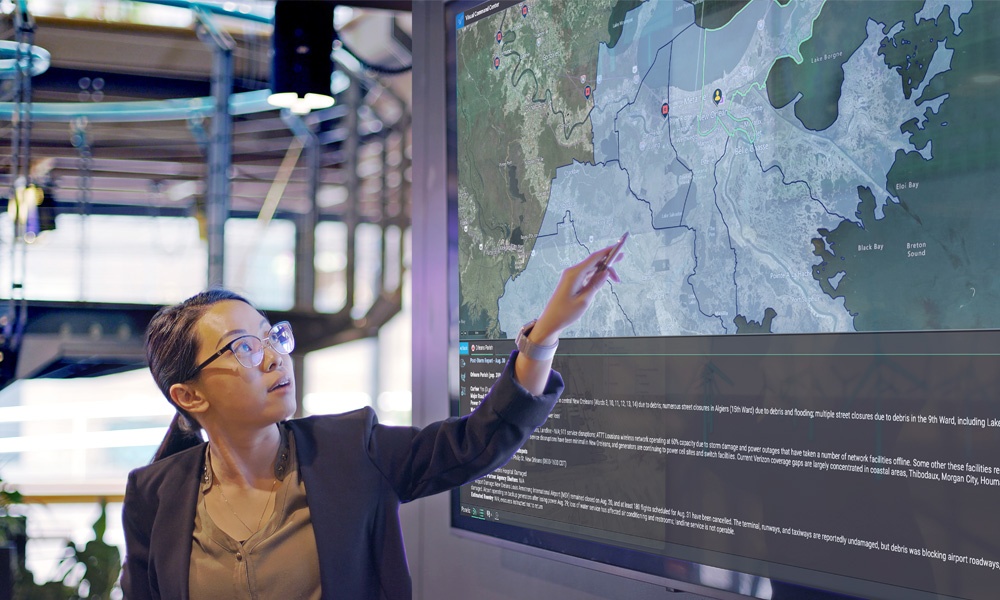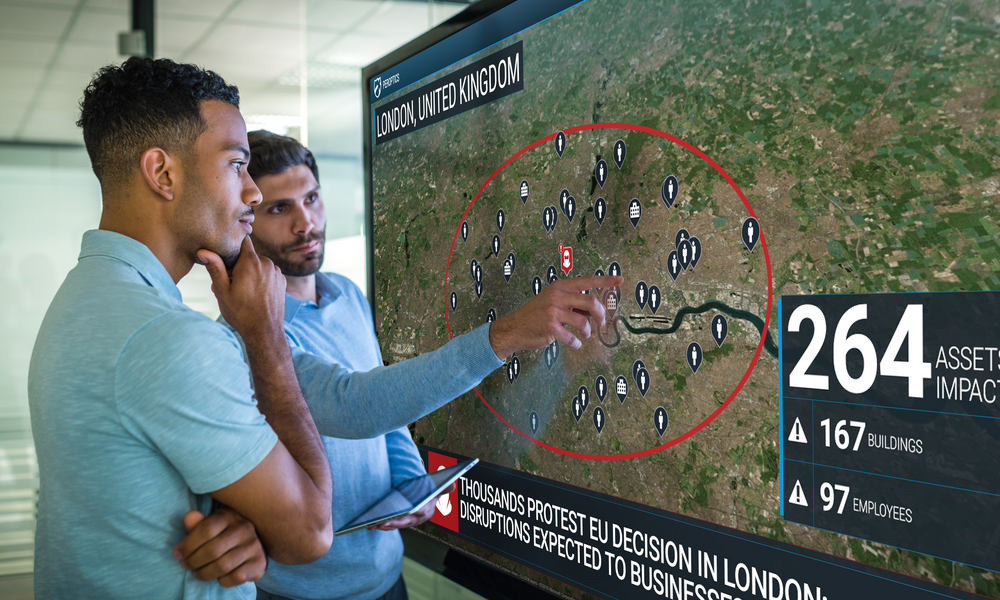Acute hazards & expanding ESG regulations: how organizations can succeed in the face of new challenges

Acute hazards pose a significant threat to organizations, as they can disrupt business operations, endanger employees, and lead to substantial financial losses. This is particularly pertinent given the growing threat of climate change, which is likely to increase the frequency and severity of acute hazards.
According to the World Economic Forum, the annual cost of natural disasters to the global economy is approximately $300 billion. Organizations need to be prepared for acute hazards and invest in climate resilience efforts to minimize the potential impact of such events on their financial stability.
Moreover, the expanding Environmental, Social, and Governance (ESG) regulations signal a shift in stakeholder expectations, requiring organizations to take a more proactive stance in addressing environmental concerns. The Securities and Exchange Commission’s (SEC) newly proposed rules to “expand the requirements for corporate disclosure of financial risk to include climate-related risks and their potential impact on business models and financial outlooks” further emphasizes the need for organizations to prioritize climate resilience efforts. The European Union has begun implementing similar mandates with the Corporate Sustainability Reporting Directive (CSRD).
The significance for organizations
In practical terms, organizations must adopt a strategic approach to addressing climate risk and resilience. They must prioritize the integration of climate risk considerations into their business models, develop robust risk management strategies, and invest in technologies and solutions that can help them manage acute hazards. By doing so, they can build resilience, ensure business continuity, and meet stakeholder expectations, which can have positive impacts on their financial performance and reputation.
However, even with these recent regulatory changes, the Verdantix study “Navigating Climate Threats and Proactive Mechanisms to Achieve Business Climate Resilience,” commissioned by Everbridge in 2022, found that “over half of all participants indicated that they did not have plans to invest in climate change risk management solutions and had less than $1m to respond to catastrophic events.” Additionally, 41% of participants stated that they had zero budget designated to manage critical events. These numbers indicate a concerning trend where organizations are neglecting to prioritize climate change risk management and critical event management solutions, despite the increasing importance of these issues.
This trend has significant implications for organizations. Neglecting to prioritize climate change risk management and critical event management solutions could expose organizations to significant financial and reputational damage, as well as risks to the safety and wellbeing of their employees and other stakeholders. With increasing ESG regulations and stakeholder expectations around environmental concerns, organizations that fail to address climate risk and resilience could also face negative impacts on their market value and reputation.
How organizations can address the risk
To address this challenge, organizations must take a strategic approach to climate resilience and risk management. They should invest in technologies and solutions that can help them manage acute hazards and build resilience, as well as adopt best practices for risk management and crisis response. This includes conducting comprehensive risk assessments, developing robust contingency plans, and investing in critical event management solutions such as Everbridge. By doing so, organizations can reduce their exposure to acute hazards, ensure business continuity, and meet evolving stakeholder expectations around environmental concerns.
Organizations should also consider establishing dedicated teams to manage climate-change-related activities and take the lead on critical event management solutions. According to the Verdantix study, “73% of respondents have a dedicated team or individuals to manage climate-change-related activities.” These teams can work on developing risk management strategies that can help organizations mitigate the impact of acute hazards and adapt to changing climate conditions. Furthermore, they can collaborate with stakeholders, including employees, customers, and investors, to develop and implement sustainable solutions that can help reduce the organization’s carbon footprint and contribute to a more sustainable future.
Investing in resilience
Investing in critical event management solutions is crucial because they can help organizations quickly identify and respond to potential risks, mitigate the impact of a crisis, and maintain business continuity. With these tools, organizations can receive real-time notifications and alerts about potential hazards, which can help them take proactive measures to prevent or minimize damage. Additionally, these solutions can provide automated communication capabilities, which can be essential in ensuring timely and accurate communication with employees and stakeholders during a crisis.
Acute hazards are a pressing concern for organizations, particularly given the threat of climate change and evolving ESG regulations. By prioritizing climate resilience efforts and investing in critical event management solutions, organizations can mitigate the impact of acute hazards and enhance their ability to respond to emergencies.
Adopting a strategic approach to addressing climate risk and resilience is critical for organizations. By integrating climate risk considerations into their business models, investing in technologies and solutions that can help manage acute hazards, and meeting evolving stakeholder expectations, organizations can reduce their exposure to acute hazards, ensure business continuity, and achieve long-term success.
Learn more about how your organization can build resilience in the face of acute hazards and download the complete white paper “Implementing Organizational Resilience Solutions as Acute Hazards Increase Globally.”


